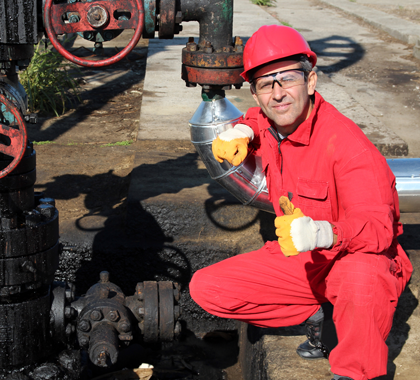Hydraulic fracturing, commonly referred to as “fracking,” is the process of extracting natural gas and oil situated several miles deep beneath the Earth’s surface. Over the past decade, fracking has increased the output of these two vital energy sources by 40 percent and 85 percent, respectively, and the fracking industry now supports nearly three million U.S. jobs. Thanks to fracking, energy prices have dropped by leaps and bounds, saving billions of dollars for consumers who use natural gas or oil for heat and to fuel their homes, businesses, cars, and boats, spurring massive economic growth.
However, the well-documented successes of fracking have largely been unnoticed and unappreciated by the public and maligned and attacked by some lawmakers because of numerous false claims invented by fracking opponents, most of whom receive substantial amounts of funding from anti-energy activists. As a result of these efforts, policymakers in several states have chosen to place burdensome and unnecessary restrictions on fracking. Some states have even approved fracking bans, severely limiting economic opportunities.
This Policy Brief outlines the basic elements of the fracking process and then refutes the four most widespread fracking myths, providing lawmakers and the public with the research and data they need to make informed decisions about hydraulic fracturing and energy development. The following four myths are addressed in this Policy Brief:
Myth One: Fracking Pollutes Drinking Water.
Water wells are generally drilled only hundreds of feet below Earth’s surface, but the depth of a fracking well can be as much as a mile deep. Drinking water, oil, and gas never mix in the fracking process, and drillers have a strong incentive to ensure water doesn’t penetrate fracking wells.
Myth Two: Fracking Pollutes the Air.
Studies show air pollution levels found near fracking operations are typically too low to pose a danger to human health.
Myth Three: Fracking Causes Health Problems.
The prevalence rates of asthma, birth defects, and cancer in major fracking states such as Pennsylvania and Texas are lower than in many states that do not have significant fracking operations.
Myth Four: Fracking Causes Dangerous Earthquakes.
A database dating to the nineteenth century notes only three rumblings linked to fracking have been strong enough to be felt since fracking operations first began, and the vibrations produced by these earthquakes were comparable to those created by a passing truck.





